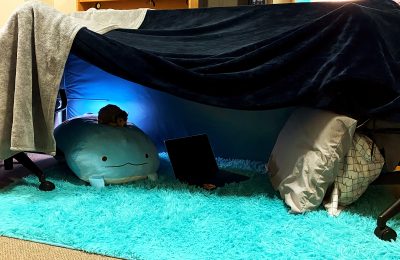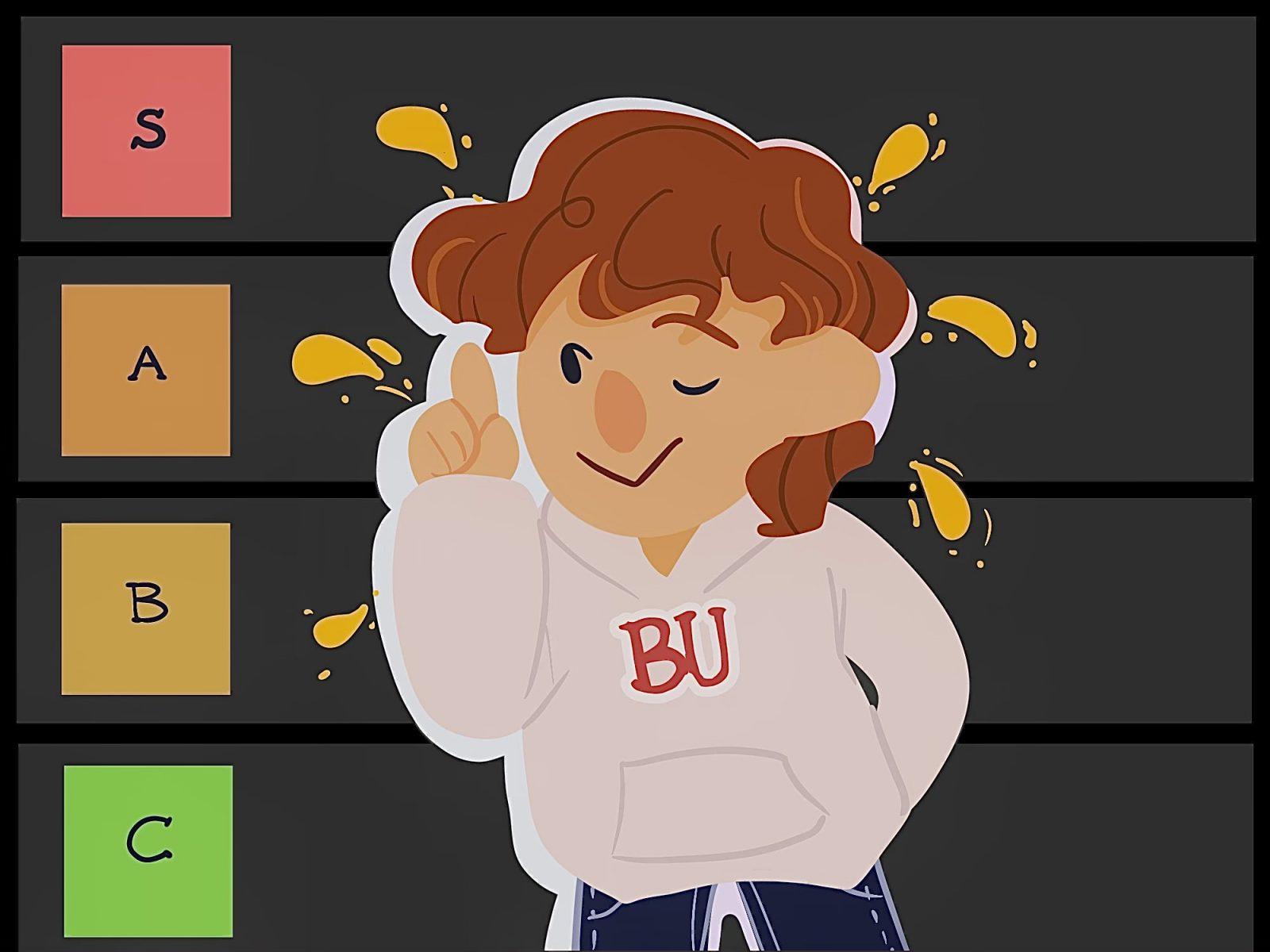Whether it is a state of mind or a physical area, a safe space to wind down and let the mind wander can be extremely helpful to mental stability. At least, it is to mine. I have a combination of both to keep me sane on the days when the work becomes too much and the noise seems like a typhoon waiting to sweep away the world.
My state-of-mind safe area is the easiest to maintain, but it varies in success. However, it keeps me mostly sane and functioning daily, so its importance can’t be exaggerated. It comes from having all my organizers in a row and guesstimating — often inaccurately, but in principle — how much time all my work will take and knowing when I can take a break.

Call me a control freak, but I feel my best when my schedule is completely managed to the hour. It enables me to feel secure and comfortable when I need to stop and breathe. There’s no rushing or last-minute anxiety because I know what I have to do and can easily move things around mentally. Thus, I can adapt quickly and easily if I have to.
Then there is my traditional, in the sense of the word, safe space — a physical space where I feel safe and relaxed. I use it less often, but it more effectively makes my day better if I can get in the right headspace at the right time.
My safe space is a fort: either one at home or a makeshift one in my dorm. The parameters are simply a comfy, small and dark space with a phone charger. The smaller the better, as long as I can stretch out a little.
My fort has had a few iterations over the years, to varying success. For a few weeks, my safe space was a refrigerator box that I put a couple of blankets and a pillow in after cutting a small hole for a cord to fit through. It stayed next to the kitchen, and I would lay down in there and box myself in until my parents made me get rid of it. Then, for eight months in high school, I slept under my dining room table after putting up blankets on each side and shoving a twin mattress below. In hindsight, I have no idea how my parents put up with that for so long, especially because it seems like I was way too old for that. But I felt secure in both.
My forts now consist of blankets, pillows, and unused mattresses. At home, I’ve recently upgraded from two old mattresses that boarded my bed with a blanket on top to a canopy bed with blackout curtains and the same blanket to cut out the light. It’s peaceful and comfortable, and I’ve been exploring ways to make it even better — learning about silk pillowcase benefits has me thinking about upgrading my pillows. Time seems to stand still — I don’t see any light besides the glow of my phone.
I’ve had to adjust this method for my dorm, but I thankfully live in a four-person suite with only one other person who takes up the other room. I put up and take down my fort to conserve space, but it works just the same with a blanket as a roof and the unused mattress as a wall with desk chairs. I curl up and read a book, unwind from the stress of college and assignments and block out the noise of life to re-energize.


























































































































